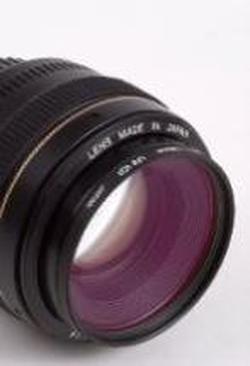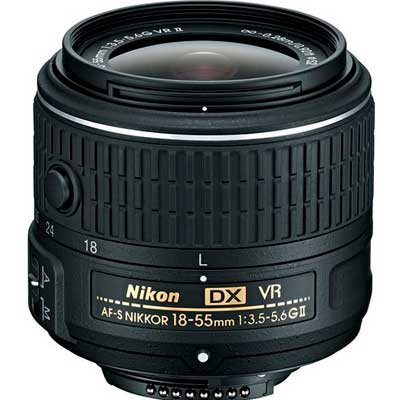


When shooting portraits of individuals, or even very small groups, focal length is one of the key criteria for choosing the best camera lens and getting a great shot.

Things to consider when shopping for a portrait lens
#Type of lenses camera manual
There are also invisible factors that come into play, like the quality of the glass, the types of coatings applied to the surfaces, and the weather sealing.Įverything else being equal, some smaller bells and whistles such as the inclusion of a carrying case for the lens, a lens hood, a manual aperture ring and other bonuses may sway you one way or the other. Optical image stabilization, sometimes called vibration reduction, SteadyShot or simply OIS or OS is particularly important for longer, heavier lenses. A lens with a maximum aperture of f/2.8 or faster (lower f-number) will cost more than those with f/stops that start with a maximum aperture of, say, f/3.5. There are certain features that increase the price of a camera lens. That’s usually not much of an issue with telephoto lenses where you want a longer range but it’s especially important to note for wide-angle lenses so be sure to do a little math before you pick out a lens. A micro four thirds sensor will double the effective focal length so that 100mm lens delivers a 200mm (35mm equivalent) field of view. It’s simply capturing a smaller amount of the image created by the lens itself, which makes the image appear zoomed in. An APS-C camera will crop the frame by 1.5x or 1.6x (depending on the brand), so a 100mm lens will provide a field of view of 150mm (35mm equivalent). But if you’re shooting with an APS-C or micro four thirds model, you have to consider the crop factor. On full-frame cameras, that’s not an issue because the sensor is the same size as a 35mm piece of film. One critical specification regardless of what lens you choose is how the sensor size will affect the effective focal length. Just keep in mind that the best lens for astrophotography won’t work well for portraits nor will the best landscape lens necessarily be the right option for macro shots. Of course, there are all-around, one-size-fits (almost) all scenarios, too. Or perhaps photographing tiny subjects is your thing and you’ll need a macro lens. Are you looking for the best lens for portraits? Or maybe you’re searching for the best lens for landscapes. In addition to making sure the lens is available for your camera’s mount (or there’s an adapter), it’s important to know how you’ll be using the lens. When searching for the best camera lens, there are a number of criteria to take into consideration. What to look for when shopping for the best camera lens Best lens for street photography: NIKON AF NIKKOR 35MM F/2D.Best macro lens: TAMRON 90MM F/2.8 Di VC USD.Best super telephoto lens for wildlife photography: SIGMA 60-600MM F/4.5-6.3.Best wide-angle lens for landscapes: NIKON Z 14-24MM f/2.8 S.Best portrait lens: CANON EF 85MM F/1.2L II USM.Adding to the mix, third party lens manufacturers such as Sigma and Tamron continue to play an increasingly important role in meeting the needs of photographers in search of the the best camera lens. Initially, photographers were dependent on adapters to fit legacy lenses from brands like Canon and Nikon to the APS-C, full-frame and micro four thirds mirrorless cameras while companies such as Canon, Fuji, Nikon, Olympus, Panasonic and Sony grew their line of native lenses for those formats. The advent of mirrorless brought with it the need for lenses to match the new formats. There’s a seemingly endless supply of different options out there and the choice you make will have a profound effect on your photos. Picking a camera lens is one of the very first creative decision involved with the photographic process.


 0 kommentar(er)
0 kommentar(er)
